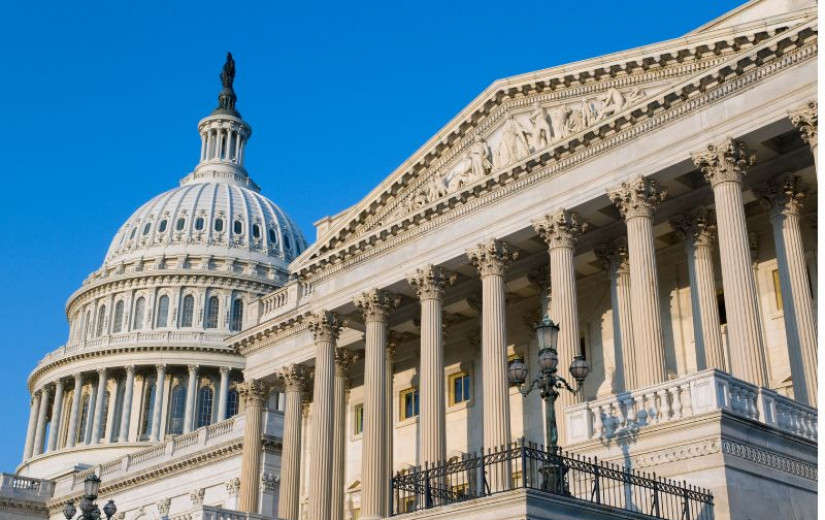
Dongchen Zhao
12 min read
In This Article:
Global nickel demand remains steady growth. According to data from the International Nickel Study Group (INSG), global nickel demand reached 3.35 million tons in 2024, representing a year-on-year increase of approximately 5.4%. This growth rate is broadly in line with the 5.9% compound annual growth rate over the past decade. According to the International Energy Agency (IEA), global demand is projected to reach 5.69 million to 7.08 million metric tons by 2040.
Structural changes as primary drivers of nickel demand growth. According to Wood Mackenzie's calculations, in 2024, stainless steel remained the largest consumer of nickel, accounting for approximately 64% of total demand; battery demand accounted for approximately 16%; and non-ferrous alloys and electroplating accounted for 8% and 6%, respectively. The increase in demand mainly comes from the energy transition, with the share of power battery demand expected to rise significantly to 42% to 58% by 2040.
Nickel demand is shifting from cyclical to growth-oriented. The above structural changes are causing fundamental changes in the volatility characteristics of nickel demand. Historically, nickel demand has been closely linked to traditional industries such as stainless steel, exhibiting strong cyclicality. However, as nickel demand growth becomes increasingly tied to the penetration of electric vehicles, renewable energy capacity, and the pace of energy storage infrastructure development, its sensitivity to traditional industrial cycles is gradually decreasing, enhancing the long-term growth certainty. This implies that the focus of factors influencing nickel price fluctuations is shifting further toward the supply side.
Battery technology evolution introduces uncertainty for nickel demand, but this may already be fully priced in. In particular, the rise of lithium iron phosphate (LFP) batteries, which do not contain nickel, poses a challenge to nickel's application in the electric vehicle sector. According to IEA data, LFP batteries' share of the global EV battery market has surged from less than 10% in 2020 to nearly 50%, with a penetration rate in the Chinese market approaching 70%. On the other hand, high-nickel batteries (such as NMC and NCA) will continue to occupy an important position in the market due to their energy density advantages. The evolution of battery chemistry is an ongoing process, and the short-term suppression of nickel demand caused by the rise in LFP battery market share may have already reached its peak.









